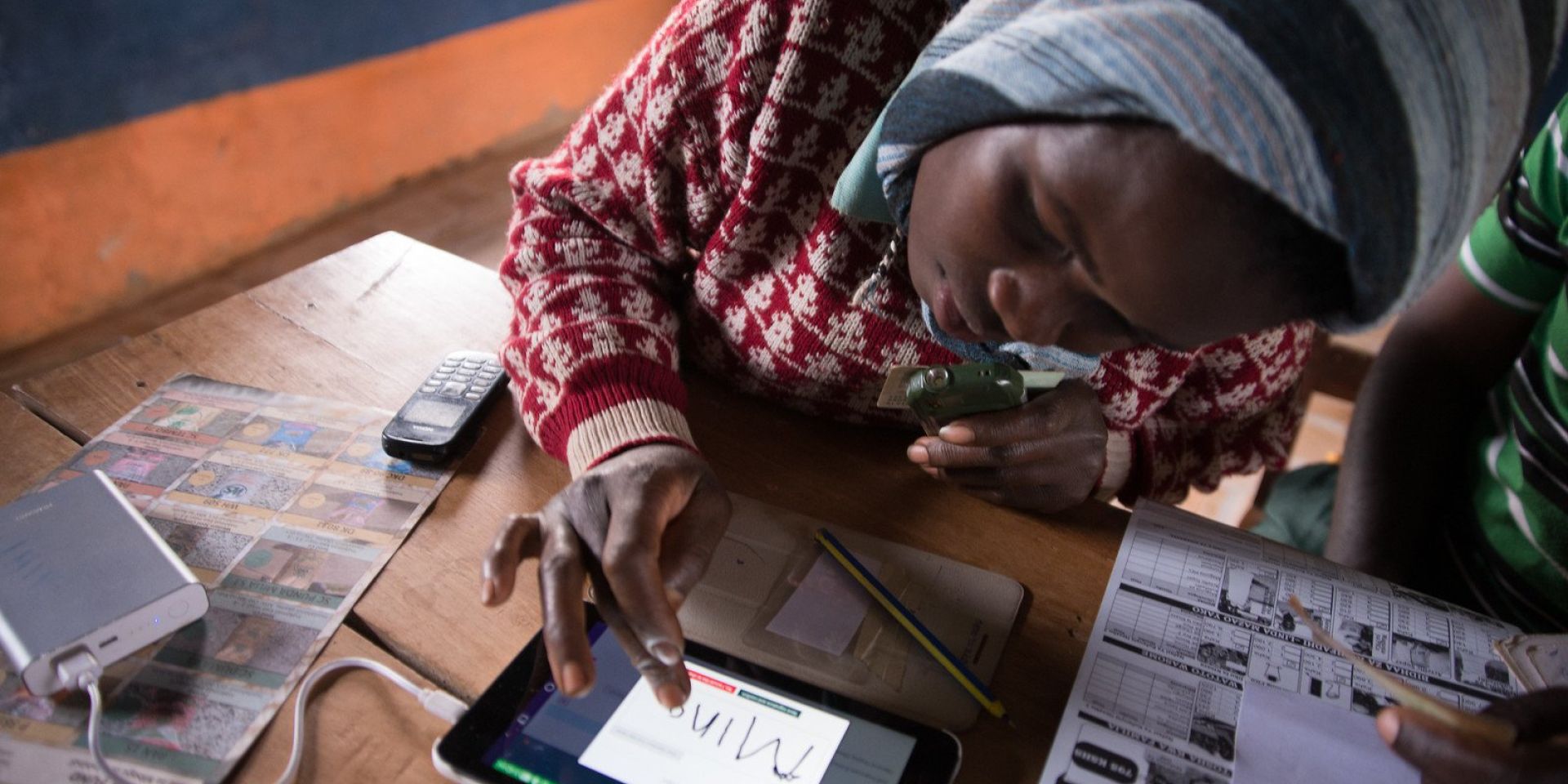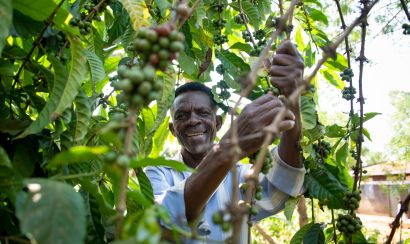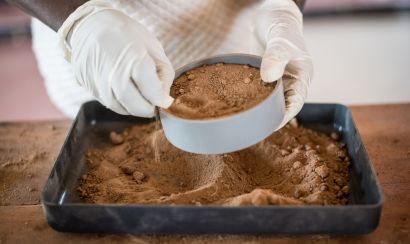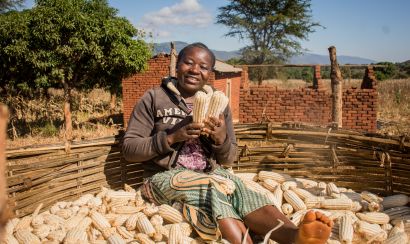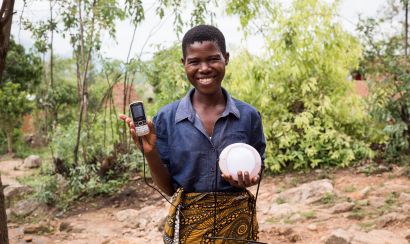Four Ways Tech has Changed how we Serve Farmers During the Pandemic
One of the most important tools at a farmer’s disposal is the mobile phone. Phones help farmers improve agricultural productivity by giving them access to basic financial services, new agricultural techniques, and markets. Phones are just one example of how we’ve witnessed technology revolutionize smallholder farming in our organization’s 15 years of working with rural communities.
Smallholder farming remained relatively untouched by tech innovators until as late as 2010. But lots has changed in the ten years since then, as entrepreneurs, investors and organizations have realized the scale of farmers’ challenges and started exploring the huge opportunities tech presents in tackling these challenges.
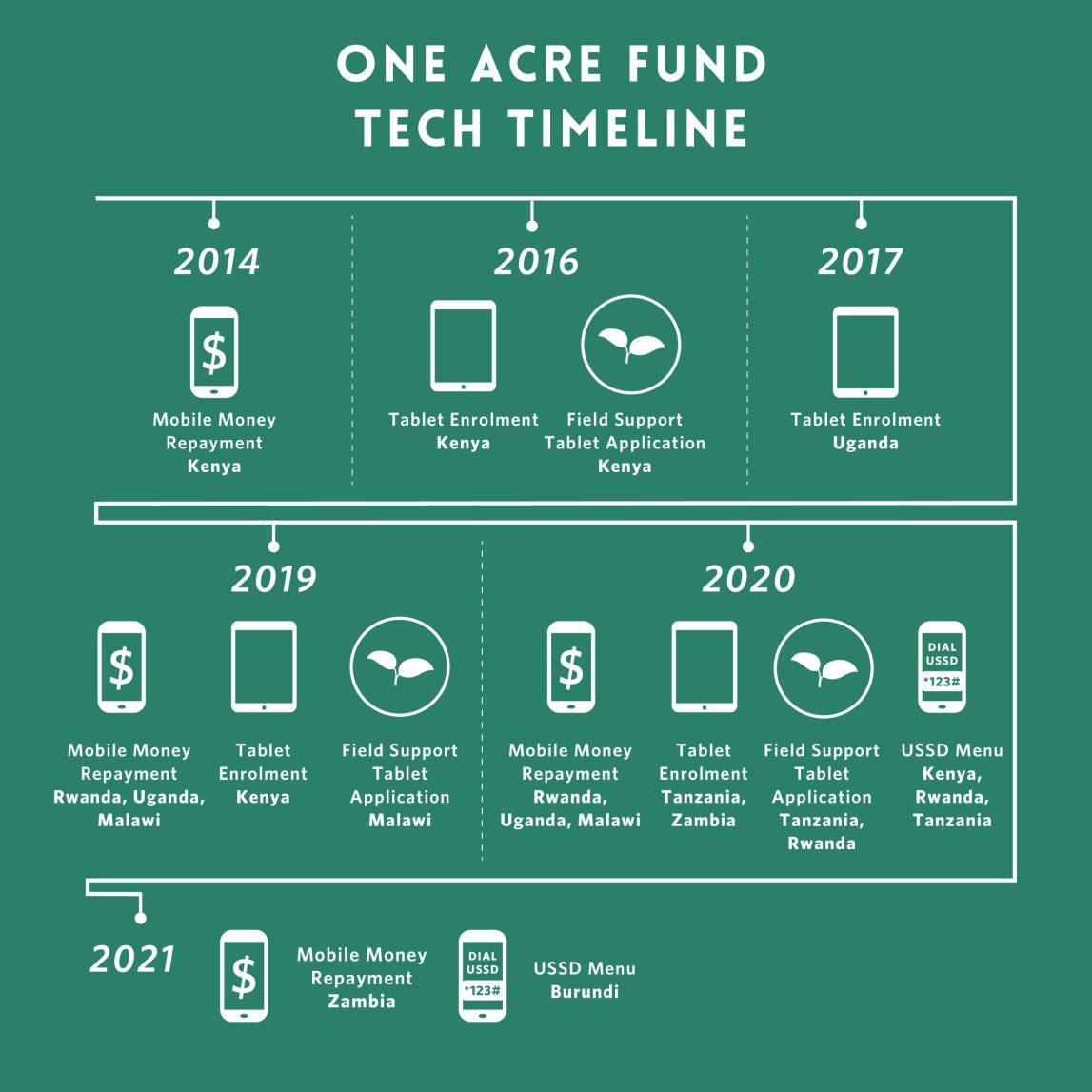
At One Acre Fund, we’ve leveraged tech solutions to expand our growth and impact for several years now. In 2020, when coronavirus amplified risks to food systems, we once again turned to technology to keep more than a million farm families farming. In the initial stages of the pandemic, we leveraged technology in many different ways to close new gaps that emerged in how we interacted with our clients. From the humble mobile phone to USSD, we used tech to help us adapt quickly.
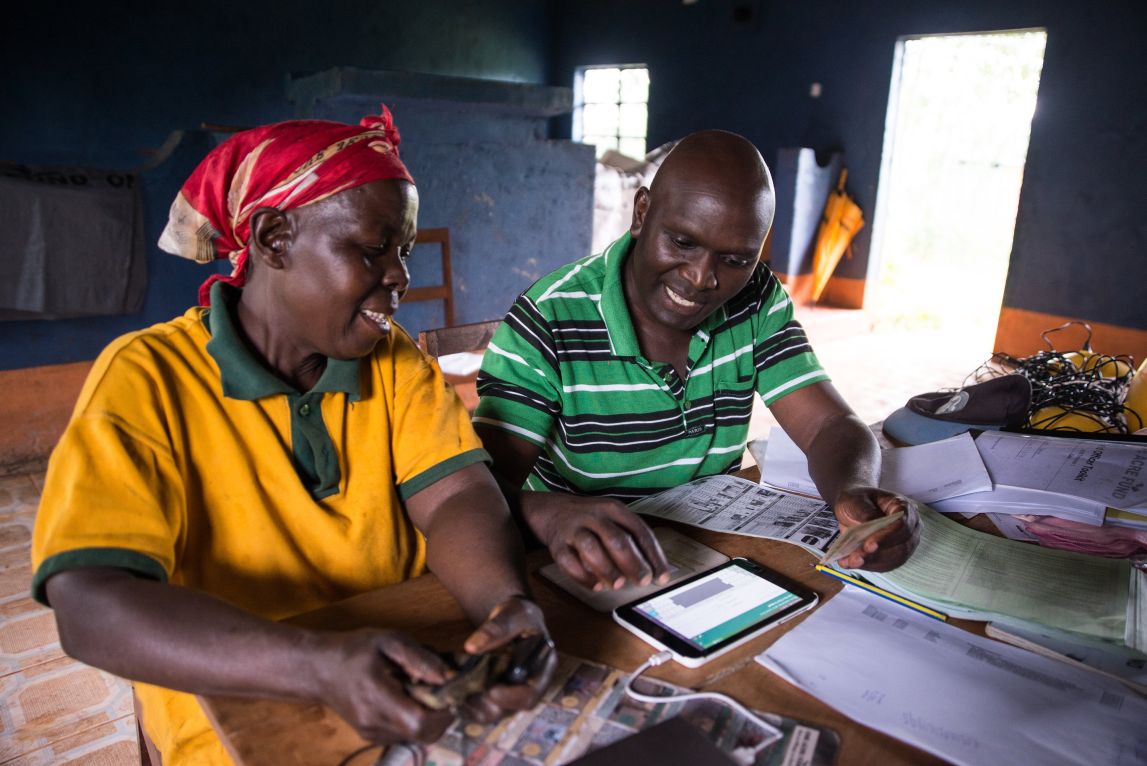
Making the most of mobile
The pandemic forced us to put a hold on our in-person farmer group meetings, so instead, we turned to text messaging to share key trainings and information with farmers. By timing such messages to coincide with key crop growth milestones, such as weeding and topdressing, we ensured farmers had the information they needed when they needed it.
Mobile phones have also enabled farmers in Kenya, Rwanda, Uganda, and Malawi to make mobile repayments for the loans they take out at the start of each season for their farming supplies. This service has been crucial to helping farmers avoid unnecessary in-person interactions. In the past year, mobile money transactions potentially helped slow down COVID transmissions that would otherwise have occurred when individuals would’ve had to meet in-person to exchange money. Mobile money transfers have helped ensure our staff’s safety by eliminating the risk of mugging that can come with carrying large sums of cash, as our field officers used to do when collecting repayments.
Testing tablets
In a matter of weeks after COVID hit, we equipped our field officers with tablets to use to register farmers. By providing access to real-time data on farmers — like a farmer’s name, location, crop selection, loan limit, etc. — tablets enabled us to significantly cut the time we spend on farmer enrollment. They also helped us to smooth out the transaction experience, eliminating the need for physical interactions and paper contracts. For instance, whenever a farmer makes a payment, they get an electronic receipt on their phone that also shows their balance, allowing them to track and manage their repayment expenses with ease.
“Enrolling with a tablet is very fast. I love it because it makes the whole process look so easy, and the field officer also looks professional!” –– Difina Kamadi, Kakmega - Kenya
USSD Services
Smartphone-driven digital agriculture offers many opportunities, but unfortunately, smartphones aren’t accessible to all farmers. Feature phones, on the other hand, are much more accessible. To support our work, we leveraged low-tech solutions that feature phones can support, such as USSD (a short code service available on basic mobile phones), which our existing customers already use in their day-to-day lives.
When a farmer in Kenya types a short code (made up of symbols and numbers) into their phone, they are directed to a menu that allows them to make payments, check their balance, enroll in the program, and request add-on products like solar lamps. We also use USSD and SMS to share information on the coronavirus, its spread, containment, and preventive measures with our clients, helping keep both staff and farmers safe.
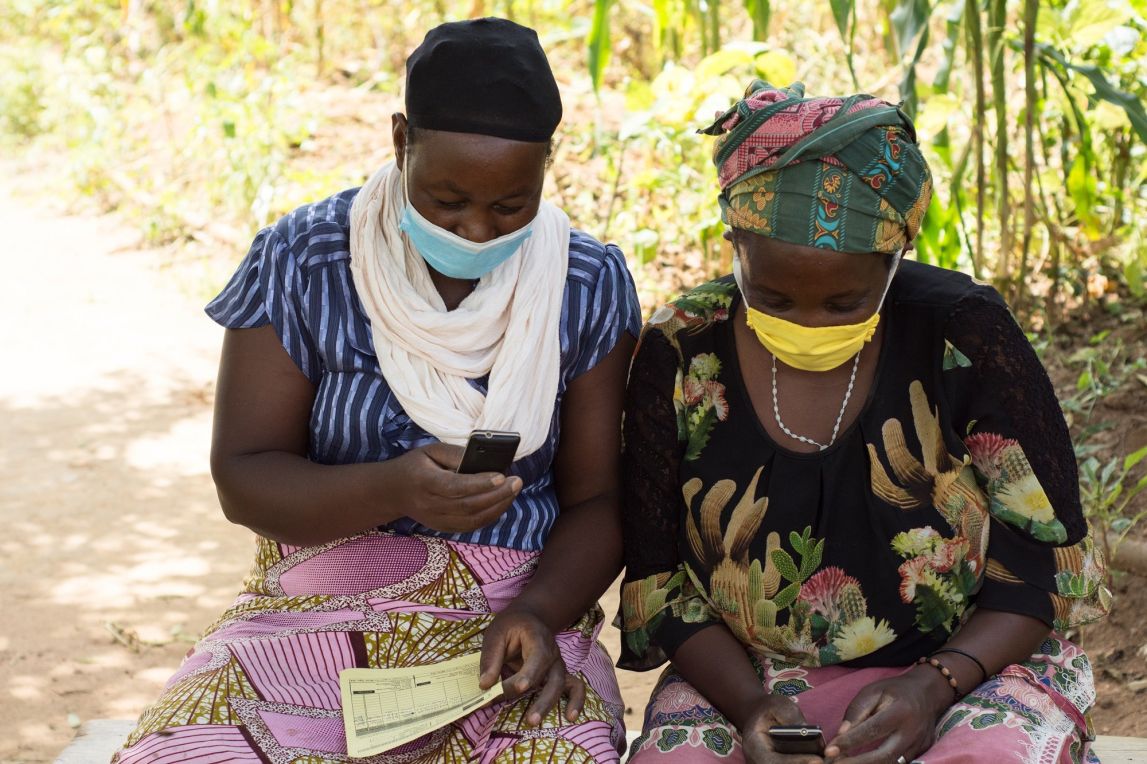
The pandemic also provided us with the opportunity to upgrade the USSD platform in some countries to allow farmers to self-enroll through the app with limited assistance from a field officer. Not only does this help reduce physical contact, but also increases our field officers’ management capacity from a few hundred farmers to potentially several thousand - something that will help us achieve our aim of working with 10 million farmers by 2030. In Rwanda, for example, we scaled up farmer enrollment via USSD from 40 percent to 100 percent in just two seasons.
Additionally, we are collaborating with the Rwanda government to increase farmer participation in agricultural programs through the Smart Nkunganire System — a supply chain management platform that is accessible via USSD or a smartphone app. Through it, farmers receive extension and advisory messages on best farming practices from agricultural experts.
The past year has been an affirmation of just how powerful simple technology can be. It has also been a testament to what it means to innovate for the user. Marika West, the Chief of Staff in the Tech Division, sums up our experience aptly:
“Our focus is on last-mile logistics and delivery. To make tech more accessible to more people, we think about creating products for our staff and farmers to meet the end-users’ specific needs quickly and efficiently. For example, we take something as sophisticated as planting predictions or seed recommendations and work them in a way that makes all that data simple, meaningful, and accessible to someone with a feature phone. The final product has to be universally accessible. A big part of our work is to create innovations that draw from specific user experiences.”
Innovating for the future
As we look ahead, we are exploring other types of technology that can support farmers. We are currently testing the idea of an ag-advice text message chatbot that can answer queries posed by farmers on their mobile phones. We hope this will allow farmers more autonomy in getting advice when they need it, instead of having to wait until their One Acre Fund field officer is able to speak to them. We are also working on some exciting concepts around logistics that could enable us to do next-day input deliveries in remote locations, which we hope to test and roll out in the near future.
As agricultural tech evolves, we will continue to innovate for smallholders by keeping technology accessible based on the tools they have at any given time.
